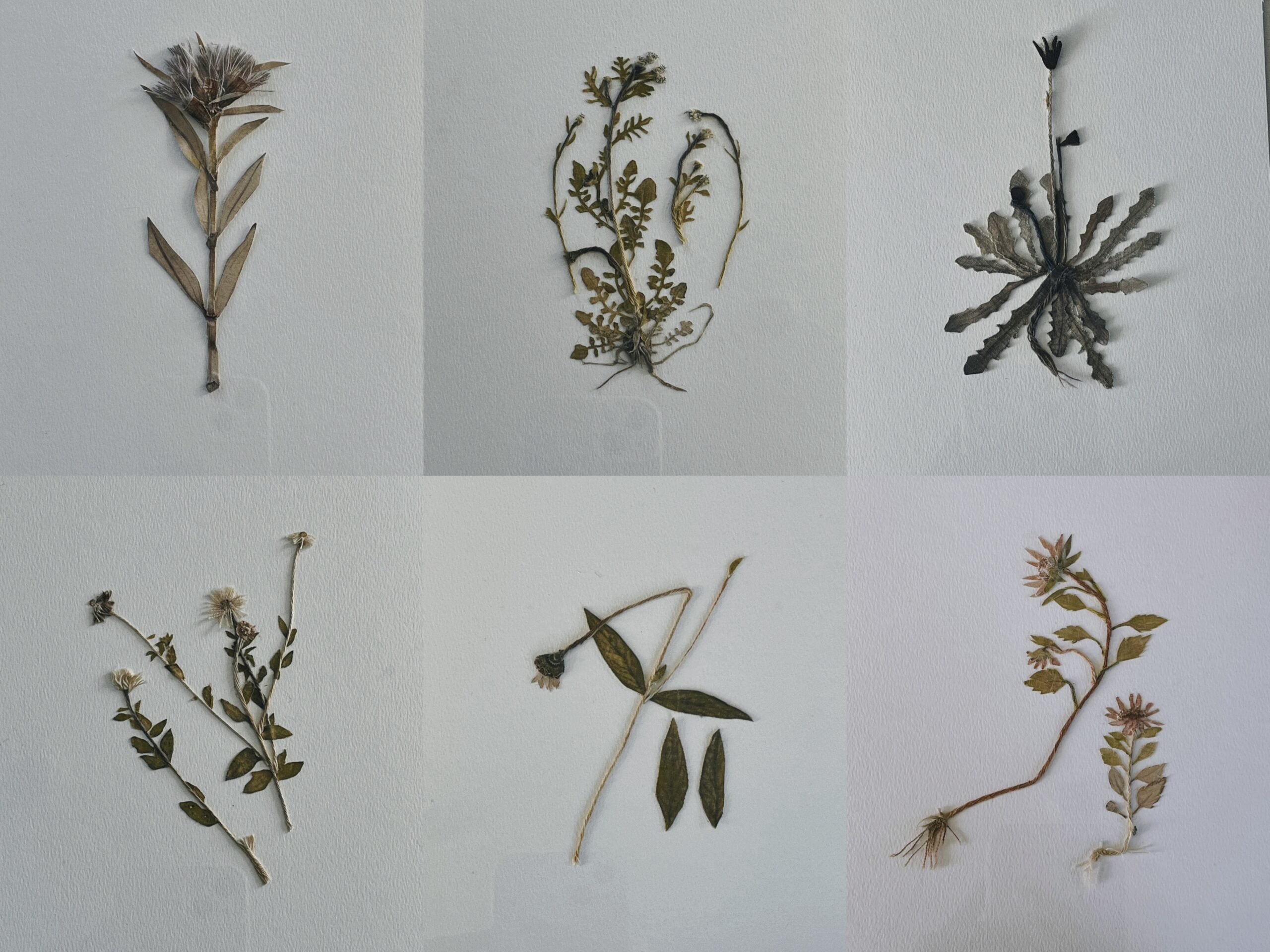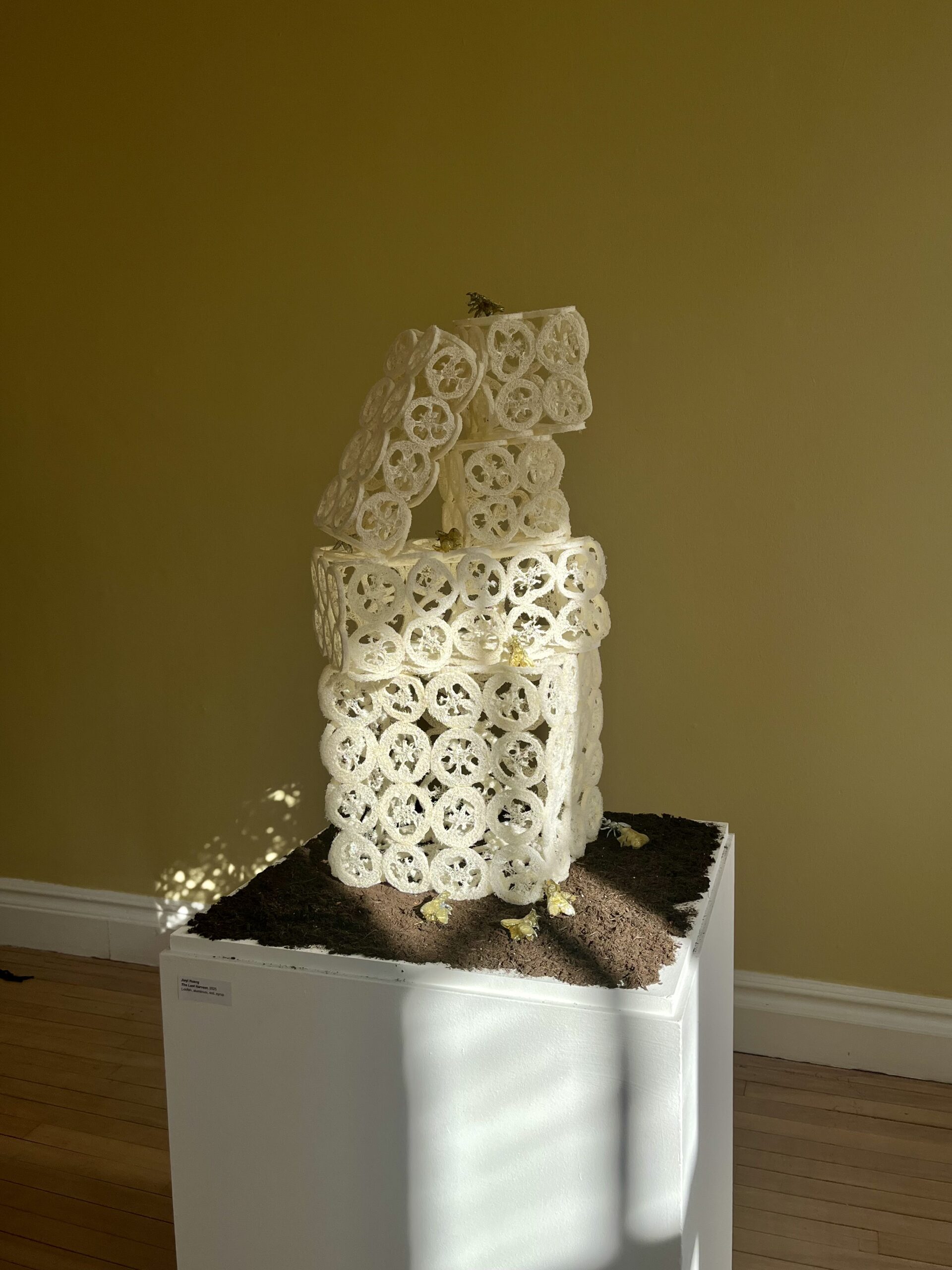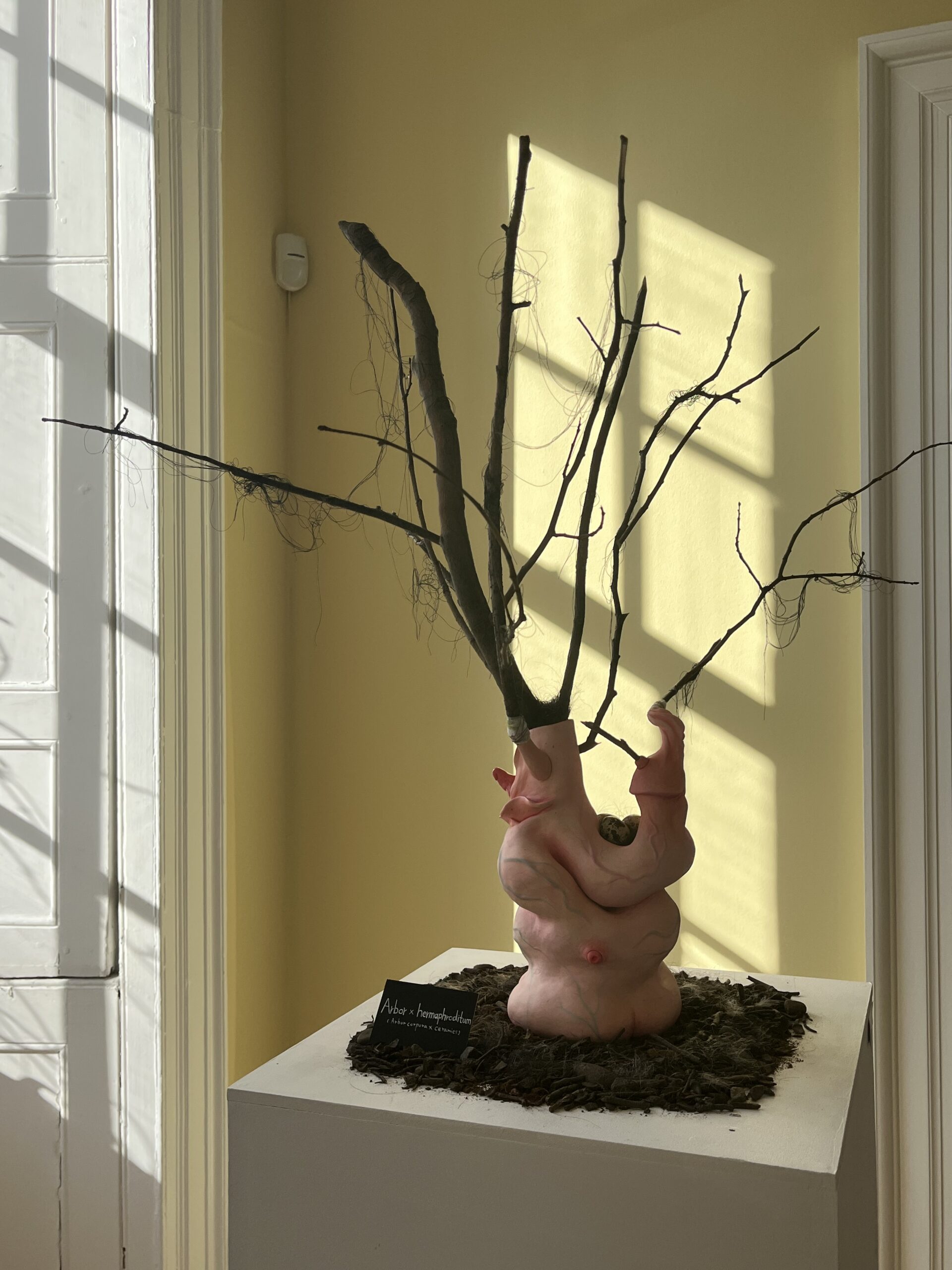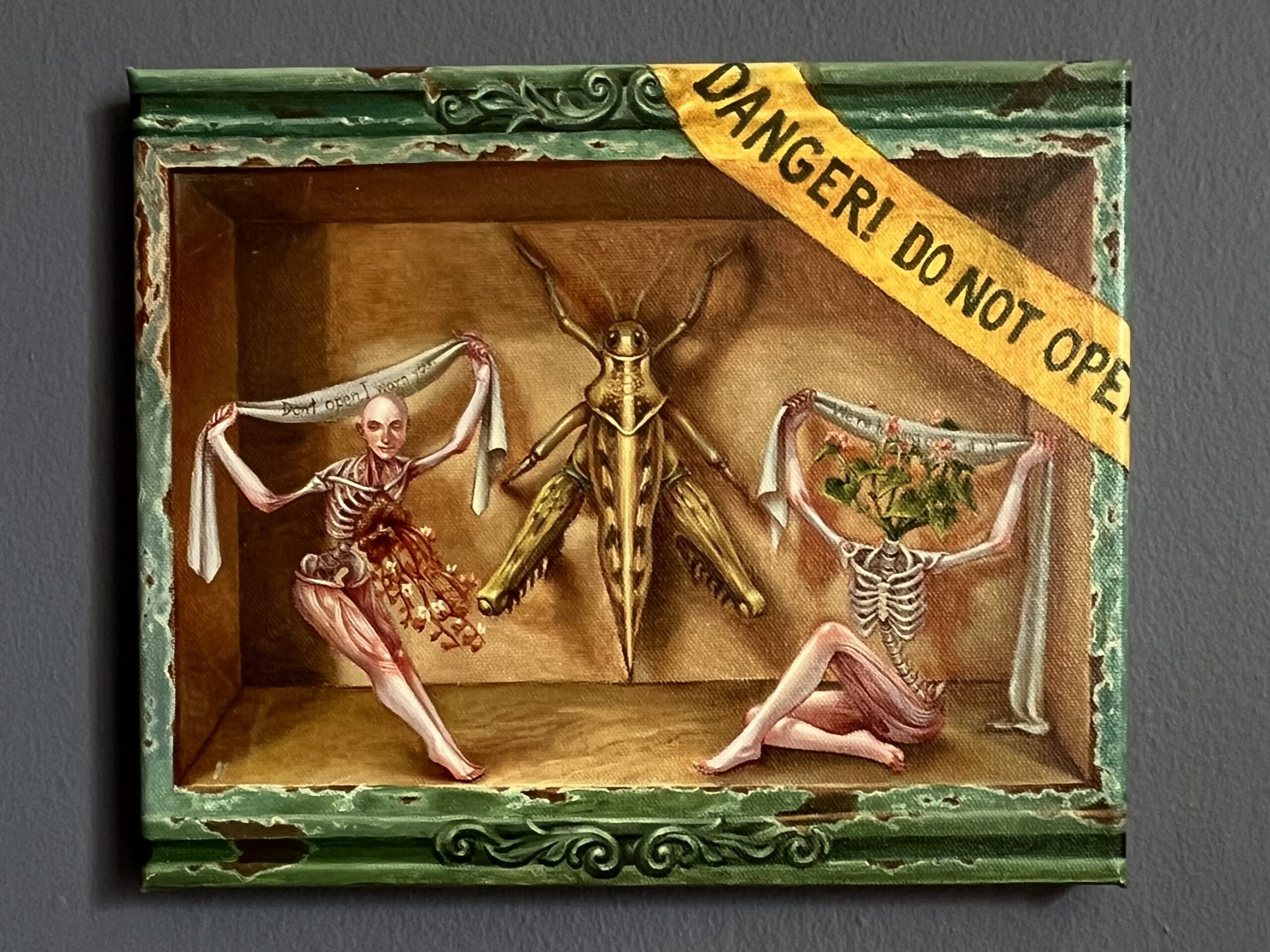WEEK6 REFLECTIONS ON THE CORPSE FLOWER EXHIBITION
![{"source_type":"douyin_beauty_me","data":{"capability_key":[],"filterId":"","os":"ios","activityName":"","infoStickerId":"","enter_from":"enter_launch","pictureId":"34163582-6DE5-4D8B-9A95-7527D7C5436C","capability_extra_v2":{},"imageEffectId":"","playId":"","product":"retouch","stickerId":"","appversion":"11.7.1"}} Poster for the "Corpseflower" pop-up exhibition by MA Contemporary Art Practice at Edinburgh College of Art, held at Inverleith House, Royal Botanic Garden Edinburgh on 21.02.2025 from 1pm-3pm.](https://blogs.ed.ac.uk/s2670174_curating-2024-2025sem2/wp-content/uploads/sites/11207/2025/02/week6-cover.jpg)
This week, I was lucky to visit CORPSE FLOWER, a pop-up exhibition at Inverleith House, Royal Botanic Gardens, Edinburgh. Like the fleeting bloom of the Titan Arum (also known as the ‘corpse flower’), the exhibition lasted just one day, inviting reflection on the coexistence of fragility and resilience, beauty and decay, and the ever-changing cycle of life.
Among the many intriguing works, I was particularly drawn to Layla Knox’s Rounding up the Aliens (2025), which explores trade, migration, and ecological change through historical textiles and hand-worked wool. Inspired by botanist Ida Margaret Hayward, who documented foreign plants growing along the River Tweed due to the wool trade, the piece bridges past and present, weaving together materials, landscapes, and human stories. Accompanied by Hayward’s 1918 poem of the same name—depicting her joy in discovering plants with her dog Logie—the work evokes the resilience of life in unexpected places.

Layla Knox
Rounding up the Aliens, 2025
Vintage textiles, lace, leather, pastels, yarn, hand processed wool and mixed media board.
Experiencing CORPSE FLOWER has led me to rethink the role of temporality and sensory engagement in Kelpie. The way the exhibition embraced its fleeting nature, creating an immersive experience through site-specificity and layered storytelling, has made me consider how Kelpie might similarly harness the transitory and evolving relationship between people, place, and cultural heritage. Rather than viewing ephemerality as a limitation, I now see it as an opportunity to heighten the audience’s awareness of change—both in the landscape and in collective memory.
Layla Knox’s work, which seamlessly integrates historical narratives with tactile materials, has also influenced my approach to the curation of the kelpie exhibition. I want to explore how local history, myth, and personal stories can be woven into the exhibition, not just as information but as an experiential element—whether through interactive installations, material choices, or participatory storytelling. By allowing the past to be felt rather than simply observed, Kelpie can create a space where history and imagination converge, making Scotland’s industrial and mythological heritage resonate in a deeply personal way.
Other artworks

Jiayi Huang
The Last Harvest, 2025
Loofah, aluminum, soil, syrup.

Arbor x hermaphroditum

Langi Li
Dancing Roots of Afterimage, 2025
Burlap, yarn, Chinese ink, charcoal, resin beads, tree branches, small bells, stones.

Athip Rianlootrattana
DANGERI DO NOT OPEN, 2025
Oil on Canvas.
References
Stockham C A. There’sa Museum for That? Defining New Pop-Up Experiential Exhibition Spaces[D]. 2019. https://digital.lib.washington.edu/server/api/core/bitstreams/1ebaad07-6598-413c-a8c9-f8cafc546738/content.
Kwandras, Mary, “Pop-Up Museums: An Exhibit Utilizing Pop-Up Practices”(2019).Museum Studies Projects. 13. https://digitalcommons.buffalostate.edu/museumstudies_projects/13.
WEEK6 REFLECTIONS ON THE CORPSE FLOWER EXHIBITION / Tianyi Chen / Curating (2024-2025)[SEM2] by is licensed under a
1 replies to “WEEK6 REFLECTIONS ON THE CORPSE FLOWER EXHIBITION”
Leave a reply
WEEK6 REFLECTIONS ON THE CORPSE FLOWER EXHIBITION / Tianyi Chen / Curating (2024-2025)[SEM2] by is licensed under a




Blog posts:
Your week four to week six blog posts evidence a consistent practice of reflection, well done—keep up the good habit. You have clearly undertaken a significant degree of independent research on folkloric themes with the Kelpie becoming a prominent symbol. Whilst this work helps to build a context for your project, it is essential that you look to examples of contemporary art and contemporary exhibition-making to move towards a Speculative Independent Curatorial Project which is routed in an appropriate discursive field. The 19th/20th century paintings and literature you have looked at, for example, have little demonstrated bearing upon contemporary practice; you may want to focus on references within the past decade or two. A clue to this direction is evident in your looking at the recent exhibition ‘Every Version Belongs to the Myth’; how did the ‘contemporary’ artists in this show deal with mythology in ways which are less literal?
In the context of art-making, ‘contemporary’ doesn’t only refer to time period. This phrasing (indeed the whole MA CAT programme) holds a view of artistic practice which is discursive, social and often political. In this sense, the works by Merlin Currie and Andy Scott which you discuss (although relatively recent) are not necessarily appropriate examples of conceptual engagement; they are illustrative—indeed, at worst, critics have described this kind of public sculpture as inane / shallow.
Formative presentation:
Your presentation showed that you have undertaken a wide-ranging search for artists whose work fits within your theme. You have successfully considered their topical relevance alongside potential practicalities such as venue and format. You might consider revisiting these decisions in relation to the form of the works you include. The Helix Visitor Centre, for instance, doesn’t seem to host temporary art exhibitions and is more about heritage—it’s not necessary a blank space, and it’s not easy to get to.
Importantly, you now need to focus on the contemporary relevance of this project: what does is say about myth / industry / climate today? The work of Fergus Carmichael offers an exciting pathway forward and you may find it useful to shift ideas away from the stricture of the Kelpie narrative towards something much less literal. I would encourage you to continue along these lines, avoiding illustrative work in favour of more challenging approaches and consider how the Kelpie myth could be addressed through a commissioned element or in public programming.
Curating is not a top-down activity in that you should remain open to allowing artists and artworks to influence the shape and direction of the project, rather than corralling them into a fixed framework of narrative. Try to think of the artists involved more as creative collaborators—consider how you can develop a structure that best supports their ideas, rather than using them to illustrate your argument.
When discussing an artwork, exhibition or any other ‘text’, please always include the year it was made. This signposting is essential in all forms of writing, academic or otherwise.